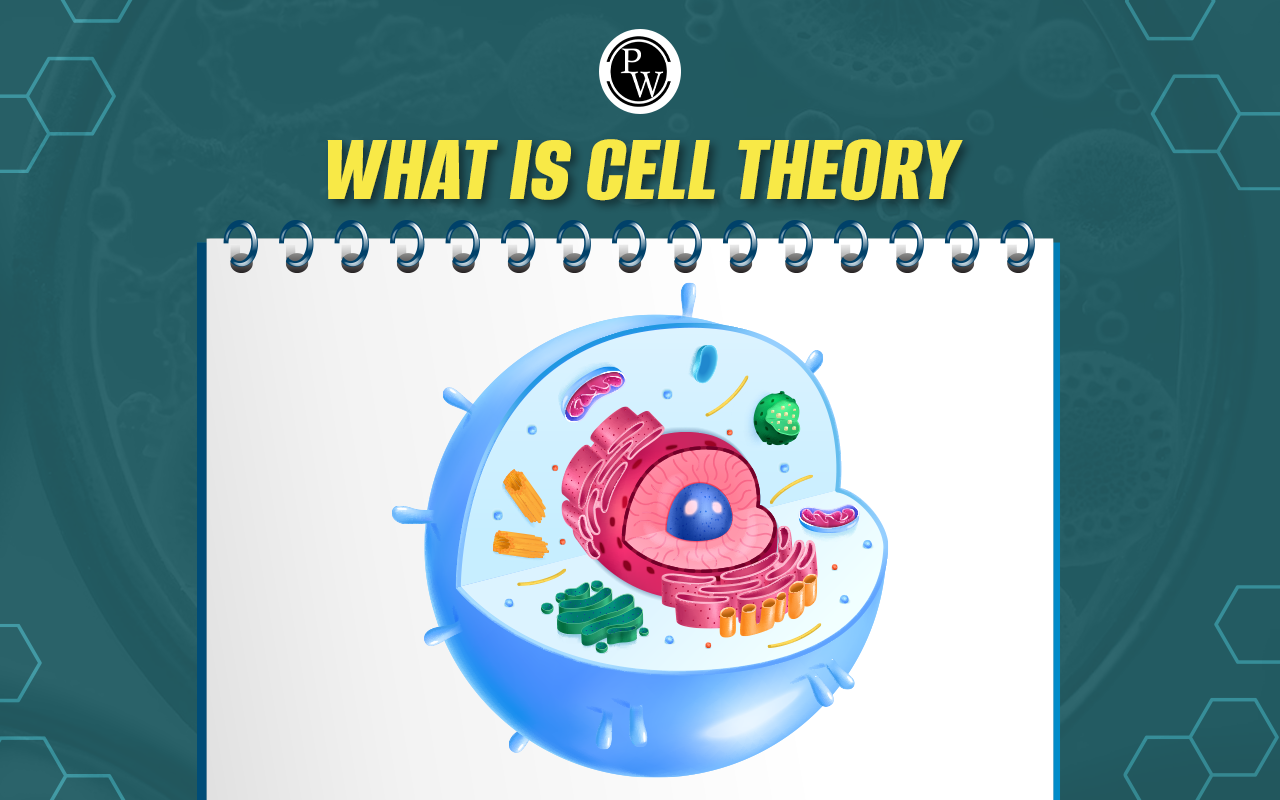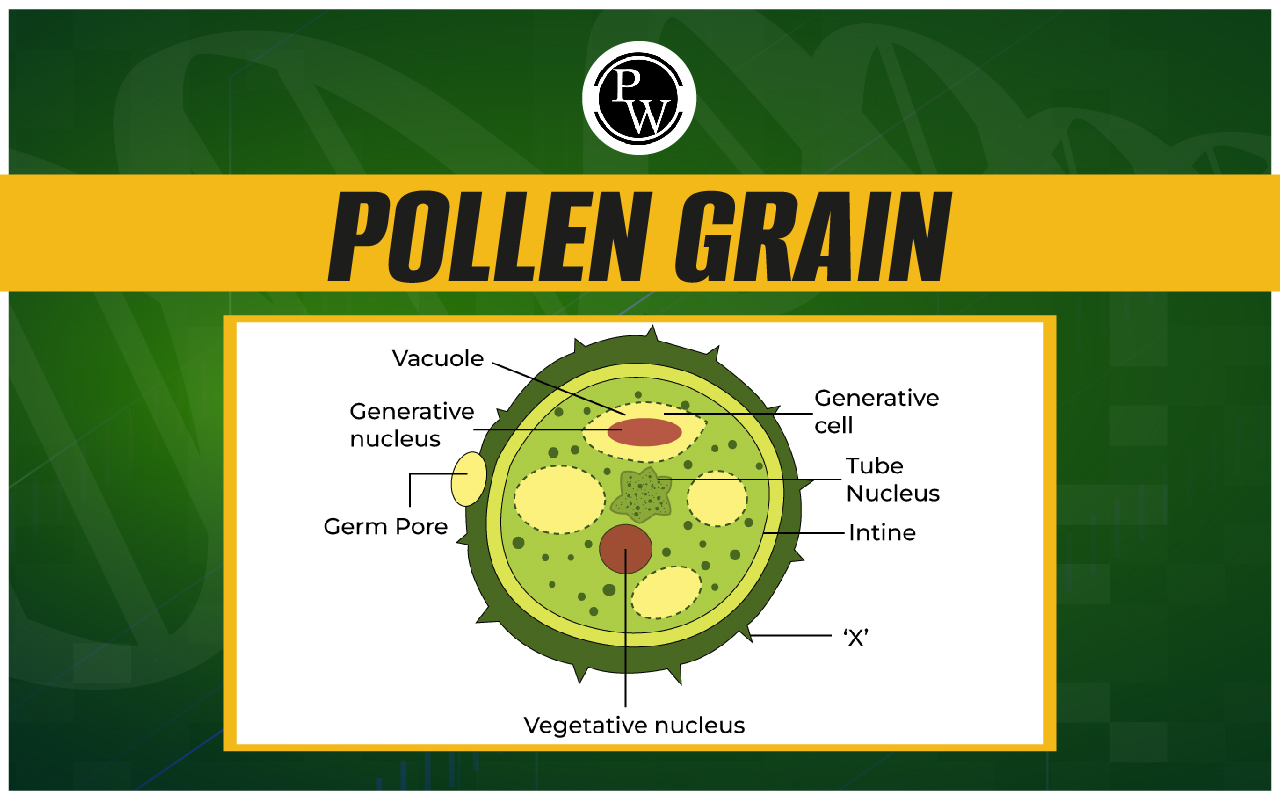
Reproduction in Fungi: Fungi are a diverse group of organisms that play crucial roles in various ecosystems. They are classified in their own kingdom, separate from plants and animals. Fungi can be found in almost every habitat on Earth, and they perform essential functions such as decomposing organic matter and forming symbiotic relationships with plants. One of the critical aspects of fungi is their ability to reproduce, which ensures their survival and propagation. Understanding reproduction in fungi is vital for the NEET Exam , as it forms an important part of the biology syllabus .
Reproduction in Fungi
Reproduction in fungi refers to the biological processes by which fungi produce offspring and ensure the continuation of their species. Fungi can reproduce through two main processes: asexual reproduction and sexual reproduction. Unlike many other organisms, fungi often reproduce by releasing spores, which are small, durable structures capable of developing into new organisms. These spores allow fungi to survive in unfavorable conditions and spread efficiently over large areas, establishing new colonies wherever they land.Also Check:
Types of Reproduction in Fungi
Fungal reproduction is generally categorized into three primary types: asexual reproduction, sexual reproduction, and parasexual reproduction. Each type has unique characteristics, which contribute to the adaptability and diversity of fungi.Vegetative Reproduction
In vegetative reproduction, fungi produce new individuals without spores or sexual processes. This form of reproduction includes:- Fragmentation : The fungal mycelium (network of fungal filaments) breaks into smaller pieces. Each piece, or fragment, can grow into a new fungal organism.
- Budding : Seen in fungi like yeast, a small bud forms on the parent cell. The bud gradually enlarges, separates, and grows as a new fungal cell.
- Fission : The fungal cell divides into two similar daughter cells, each growing independently into a new fungus.
Asexual Reproduction in Fungi
Asexual reproduction in fungi involves creating spores that develop into new organisms. These spores are formed without fertilization and help fungi spread quickly, often in large quantities. Key types of asexual spores include:- Conidia: Spores produced directly from fungal filaments (hyphae) without any specialized sac.
- Sporangiospores : Produced inside a sac called a sporangium. When the sac bursts, spores are released into the environment.
- Zoospores : Motile spores that can move in water with the help of flagella (whip-like structures).
Sexual Reproduction in Fungi
Sexual reproduction in fungi occurs when genetic material from two compatible fungal cells fuses, creating a new organism with genetic material from both parents. This process contributes to genetic diversity, which can enhance the fungi’s adaptability to changing environments. Sexual reproduction in fungi typically involves three stages:- Plasmogamy: The cytoplasm of two fungal cells, known as hyphae, merges, but their nuclei remain separate.
- Karyogamy : The nuclei from the two parent cells fuse to form a diploid nucleus with a complete set of chromosomes.
- Meiosis : The diploid nucleus undergoes meiosis, dividing to form haploid spores. These spores then develop into new organisms with a combination of genetic traits from both parent cells.
Economic Importance of Reproduction in Fungi
Fungi are not only essential for ecological balance but also play a significant role in various economic activities. Their contributions extend to food production, agriculture, medicine, and biotechnology.- Food Production : Fungi are essential in the food industry. Common edible mushrooms, like Agaricus bisporus, provide nutrition and can be easily cultivated. Yeast, a unicellular fungus (Saccharomyces cerevisiae), is vital in baking and brewing. It ferments sugars, helping bread rise and producing alcohol in beer.
- Medicinal Uses: Fungi are a source of important medicines, especially antibiotics. Penicillium notatum, which produces penicillin, revolutionized medicine by treating bacterial infections. Other fungi also yield various antibiotics, critical for healthcare.
- Biotechnology and Research: Fungi, such as Neurospora, serve as model organisms in genetic and biochemical research. Their simple genetics aid scientists in studying mutations and metabolic processes, benefiting agriculture and medicine.
- Culinary Delicacies : Certain fungi, like morels and truffles, are gourmet delicacies prized for their unique flavors. These fungi can be expensive, contributing significantly to the economy and supporting sustainable harvesting.
- Agricultural Impact: While many fungi are beneficial, some cause plant diseases. For example, Puccinia, which causes wheat rust, can severely impact crop yields. Understanding these fungi helps develop strategies to protect agriculture.
MCQs of Reproduction in Fungi
Q1. Which pair of spores represent asexual spores in fungi?
- Conidia and oospores
- Zoospores and basidiospores
- Sporangiospores and conidia
- Sporangiospores and ascospores
Q2. (n + n) state represents ________state and it is seen in basidiomycetes & _______.
- diploid and Phycomycetes
- dikaryotic and ascomycetes
- diploid and ascomycetes
- dikaryotic and Deuteromycetes
Q3. Mode of nutrition in fungi is NOT;
- parasitic.
- saprophytic.
- autotrophic.
- heterotrophic.
Answers of MCQs of Reproduction in Fungi
Ans1 . Sporangiospores and conidia, Ans2 . Dikaryotic & ascomycetes, Ans3 . Heterotrophic. Physics Wallah (PW) offers the Best NEET Online Coaching in India, designed to make quality education accessible to all aspiring medical students. With a focus on breaking down financial barriers, PW is dedicated to empowering students nationwide to excel in the NEET exam and achieve their dreams of a medical career.| NEET Exam Important Links | |
|---|---|
| NEET Syllabus | NEET Biology Diagrams |
| NEET Biology MCQ | NEET Biology Chapter wise Weightage |
| NEET Biology Notes | NEET Previous Year Question papers |
Reproduction in Fungi FAQs
Q. What are the three ways fungi can reproduce?
Q. What are the five types of asexual spores in fungi?
Q. What is somatic reproduction in fungi?
Q. What is plasmogamy and karyogamy in fungi?
Q. What is the method of reproduction in fungi?
Q. What is vegetative reproduction in fungi?
Q. What does an asexual reproduction diagram in fungi illustrate?
Q. What is the mode of reproduction in fungi?










